Technologies
Best iPhone Camera Accessories for Pro Photos and Videos
From creative lenses, filters and microphones, to tripods and gimbals, these accessories will help boost your photography from your iPhone.
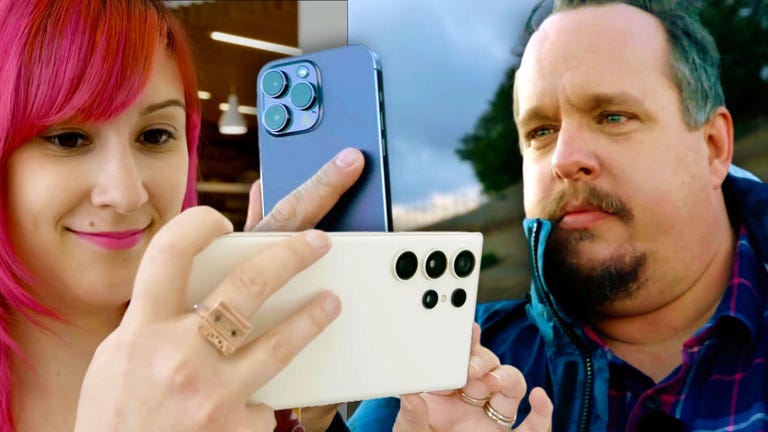
 Why You Can Trust CNET
Why You Can Trust CNET
The iPhone 15 Pro has one of the most capable camera setups found on any of today’s phones. Not only can it shoot stunning still images that can rival DSLRs in quality, the video skills have been given a huge boost with the addition of ProRes and Log formats. But even if you don’t have the latest model, older iPhones, including the iPhone 14 Pro and iPhone 13 Pro, are still capable of taking stunning images. Hell, I’m still impressed with the images I took on a road trip with a supercar and an iPhone 11.
And while the iPhones make it super easy to simply walk outside, hit the shutter button and come away with great-looking stills and videos, there’s a lot you can do to elevate your shots beyond simple snaps. It’s of course important to learn how to take better photos and how to shoot creative videos, but there’s also a wide variety of accessories designed specifically to help you get more from your phone camera.
Here’s our list of the best gear to pair with your iPhone to give your images a boost. We’ve tested everything listed here to make sure it works as well as it’s supposed to. If it didn’t impress, it didn’t make the list. Look no further if you’re after the best iPhone filming accessories to take your skills to the next level. These excellent accessories will make shooting a breeze. And while some of these are specifically built for the iPhone, most will work just as well with any of today’s top Android camera phones like the Samsung Galaxy S23 Ultra.
Read more: Best iPhone of 2023
The best iPhone 15 camera accessories
There’s no one accessory that by itself will revolutionize your iPhone photography, as different products bring different things to the table. I love the Moment Anamorphic lens as it lets you achieve a stunning cinematic look with your phone. DJI’s phone gimbal meanwhile provides superb stability to get super smooth-looking shots, while the Aputure MC LED video light simply lets you light up the scene you’re shooting when the sun goes down.
But an LED light will do nothing to improve your audio, so you’ll need to look towards the Rode VideoMicro if sound quality is important. These items all add something different to your photo and video production and used together let you take your mobile video production to a whole new level. Want some inspiration? Here’s my guide for shooting better video with your phone.
SmallRig’s Mobile Video kit consists of multiple parts that come together to create a formidable shooting setup for your iPhone. Your phone slots into the main cage, which has bayonet mounting points for attaching third party lenses, including Moment’s excellent anamorphic lens (seen below). The kit also comes with a filter mount and an included variable neutral density filter which can reduce the amount of light coming in to help you shoot at more cinematic-looking shutter speeds using apps like BlackMagic Camera.
The cage also has mounting points for other accessories, including tripod plates and cold shoe slots for attaching microphones or vide lights. The included side handles are great for helping you achieve sturdy, smooth-looking footage and have quick-release clamps to make it easy to dismantle your setup when you’ve got your shot.
While all items in the kit can be bought separately, the whole kit offers a comprehensive setup to help you start shooting pro-looking footage with your iPhone.
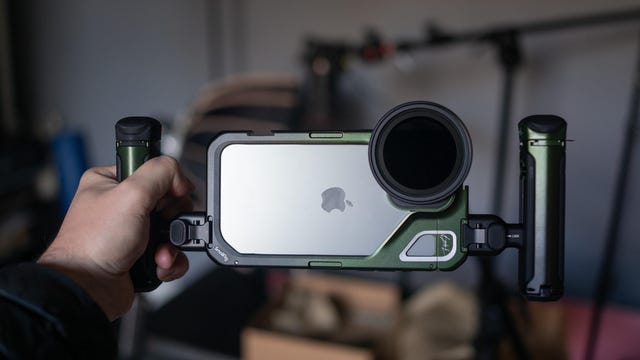
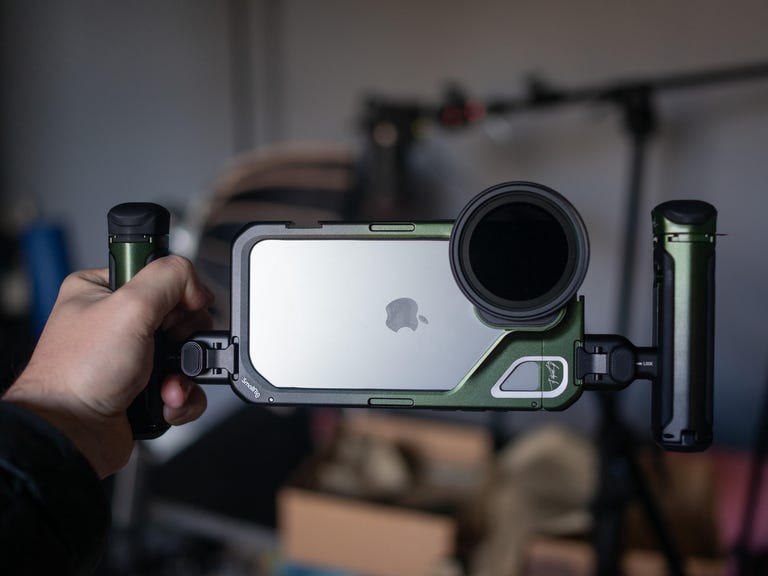
Excellent add-on lens for iPhone
Moment Anamorphic lens
Anamorphic lenses are normally something you’d find in a professional cinematographer’s kit bag. These lenses provide a wider aspect ratio that you get in a wide angle lens, along with distinctive blue-line lens flares that give footage a much more filmic quality. Moment’s mobile anamorphic lens does exactly that for your iPhone.
Clip it on and it’ll squeeze your footage into the shorter, wide shots format that completely transforms the look of the video you can take from your phone. I’ve absolutely loved the look of my phone footage using the lens and it’s a must-have for any budding film producers wanting to up their game with their phone.
You’ll need to shoot with apps like Filmic Pro that let you «unsqueeze» the footage so it doesn’t look all distortedon most cameras. The lens uses a bayonet mount that attaches to compatible cases, including Moment’s own ones or a variety of third-party options, including the SmallRig cage mentioned above.
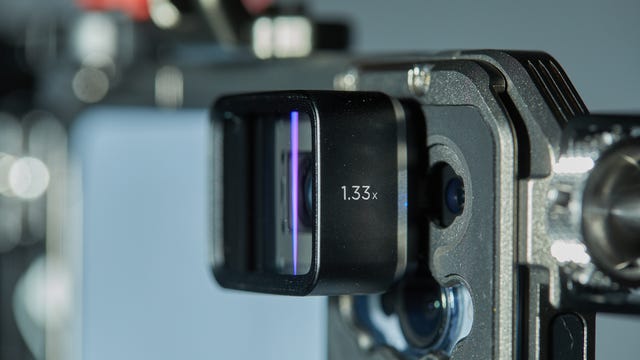
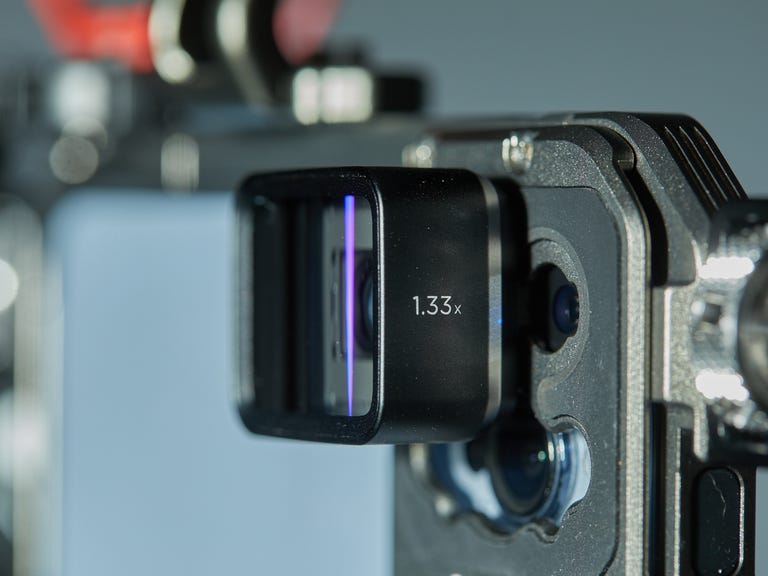
Powerful lighting on a budget
Aputure MC LED video light
iPhone cameras don’t have the greatest lighting, so having a backup light is always a good idea. This USB-C rechargeable video light is packed with LED lights andis small enough to fit into the palm of your hand but puts out a huge amount of light when you’re short of proper lighting.
It’s great for lighting up your subjects, whether that’s for portraits, product photography or macro or to light up yourself if you’re vlogging at night. The power output is easily adjustable, as is the color temperature of the light.
It also has a variety of creative light effects to spice up your production, including simulations of fireworks, lightning, a flickering fireplace or the flashing red and blue of police car lights.
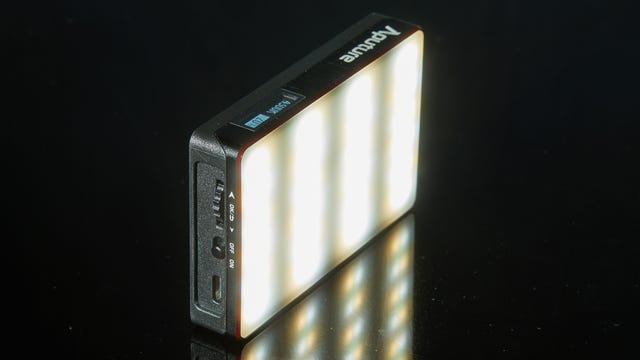

Like a Steadicam for your iPhone
DJI Om 5 gimbal
The iPhone 14’s built-in image stabilization is already superb, but for an even smoother ride, consider using a dedicated gimbal like DJI’s OM 5. It evens out all but the most aggressive movements, allowing you to get smooth tracking footage of you running behind your subject as you film a chase scene.
It also has a built-in extendable selfie stick, which not only makes it great for YouTube vloggers, but also allows for more creative angles by holding it up higher, or even flipping it over and having the camera run close to the ground or through grasses.
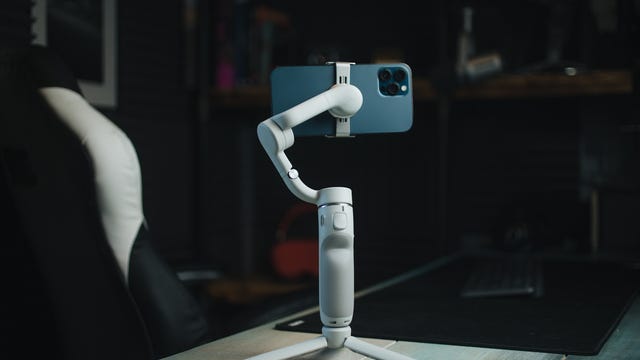
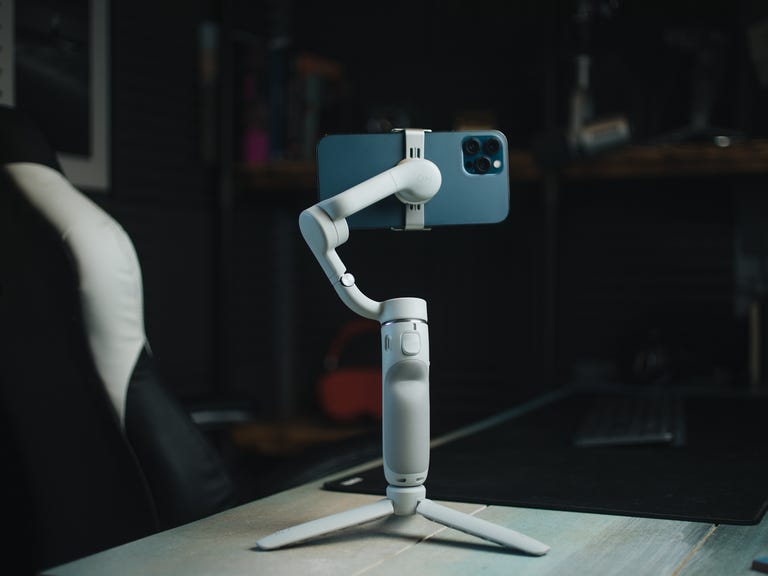
Excellent external mic
Rode VideoMicro microphone
Recording good audio for your vlogs or your next iPhone-based short film is crucial, and while the iPhone does a decent job of capturing audio, a dedicated microphone will take things to the next level. Rode’s VideoMicro shotgun mic can plug into your phone’s Lightning port (via an adapter) and provides crystal-clear audio when recording with the standard iPhone camera app or any third-party video app, making it one of the best iPhone camera accessories on the market.
I love using it on top of my phone for vlogging and the included wind shield is superb for cutting out wind noise when working on location. Alternatively, get a 3.5mm extension cable and you can try using the mic on the end of a boom pole for recording audio in a conversation you’re filming.
It’s a great investment if you’re looking for a directional microphone.
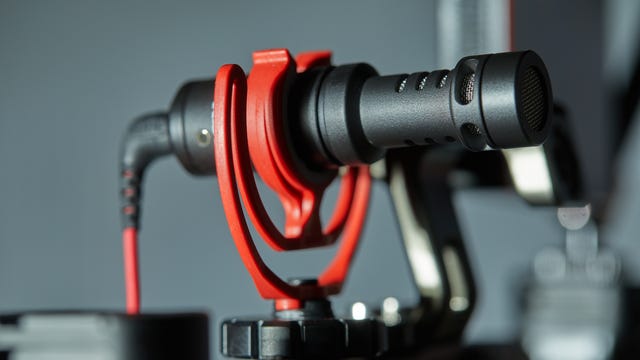
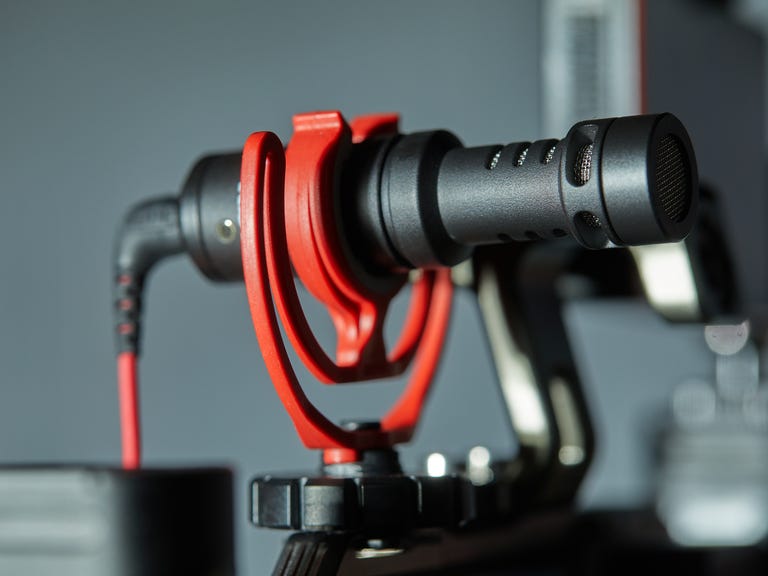
Pro-level flash for iPhone
Profoto B10
At $1,695, industry goliath Profoto’s B10 studio flash will be little more than a pipe dream for most. But if you want to get truly professional lighting on location or in a studio using your iPhone, the B10 is second is one of the best iPhone camera accessories. . This pro flash is designed primarily for use with DSLRs but can also be used with iPhones and Android phones via the Profoto app. If you’re ready to take your smartphone photography to the next level, it allows you to get shots with your phone that would simply not be possible to achieve without it.
Sure, most pros probably wouldn’t consider shooting a major project on just their phone, but it’s a potentially great backup in case of camera failure, or simply a lightweight and convenient way to test ideas in the field without hauling bags of gear around.
It also comes with a carrying case that will protect it from other elements. Its rechargeable battery provides a battery life that can provide more than 400 full flashes.

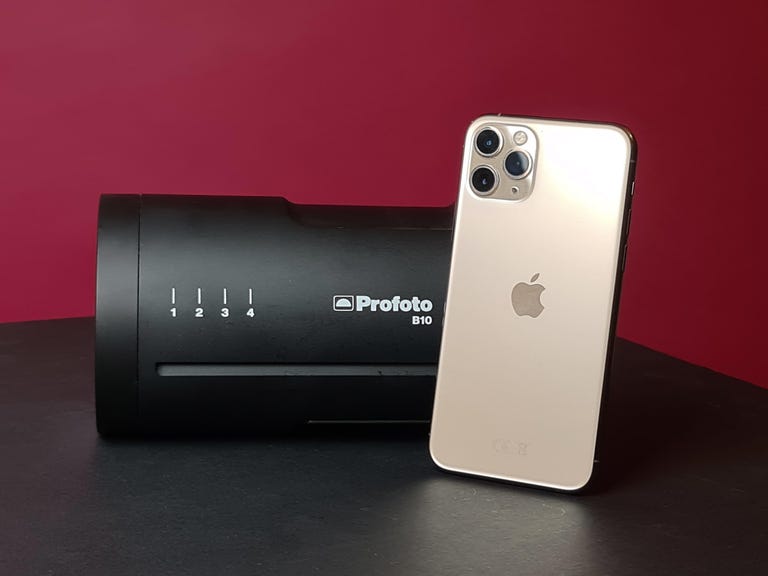
Magnetic ease of use
Moment MagSafe tripod
Rather than use screw clamps to secure your phone in place, Moment’s tripod mount uses Apple’s MagSafe system, which makes it incredibly quick to pop your phone in place and start shooting. When you’re done, just rip your phone away from the magnetic disk and pop it back in your pocket. Easy!
The minimalist approach to the mount’s design makes it extremely compact so it’s no hassle to always carry it with you for when inspiration strikes. The magnets are strong, too, so you don’t need to worry about your phone popping loose while you’re walking along. It’s available as a mount by itself, or with the cold-shoe bracket (pictured) to attach a microphone when vlogging.

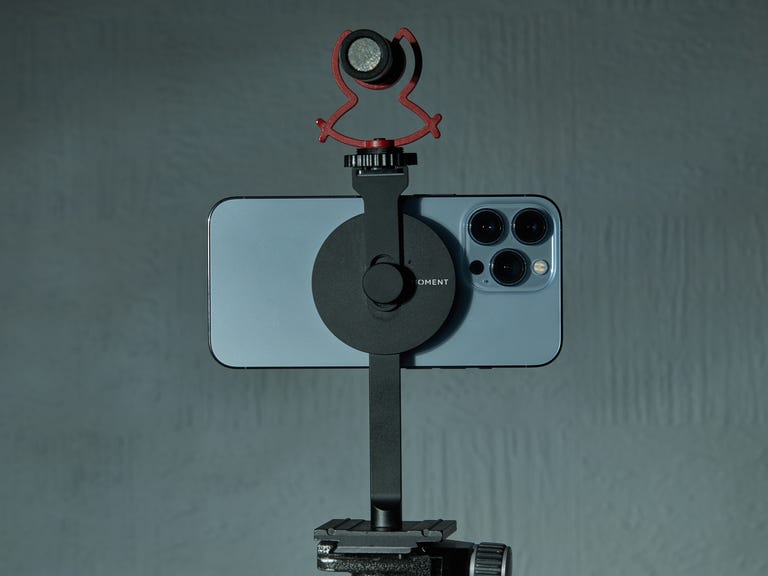
How we test iPhones
We test phones in real-world scenarios, looking at the performance of the processor, battery and cameras, and judge how each model compares to its competition. We take value into account, as well as extra features like storage, connectivity, software additions and anything else that will make a real difference to your life with the product.
Accessories like the ones seen in this list are treated in exactly the same way; they’re put to real-world use both indoors and outside, evaluating how well they perform and whether they’re worth the money. Everything that’s featured here has been tested by our own fair hands and if it didn’t impress, it didn’t make the list.
Read more: How CNET Tests Phones
Technologies
Today’s NYT Mini Crossword Answers for Saturday, Dec. 27
Here are the answers for The New York Times Mini Crossword for Dec. 27.
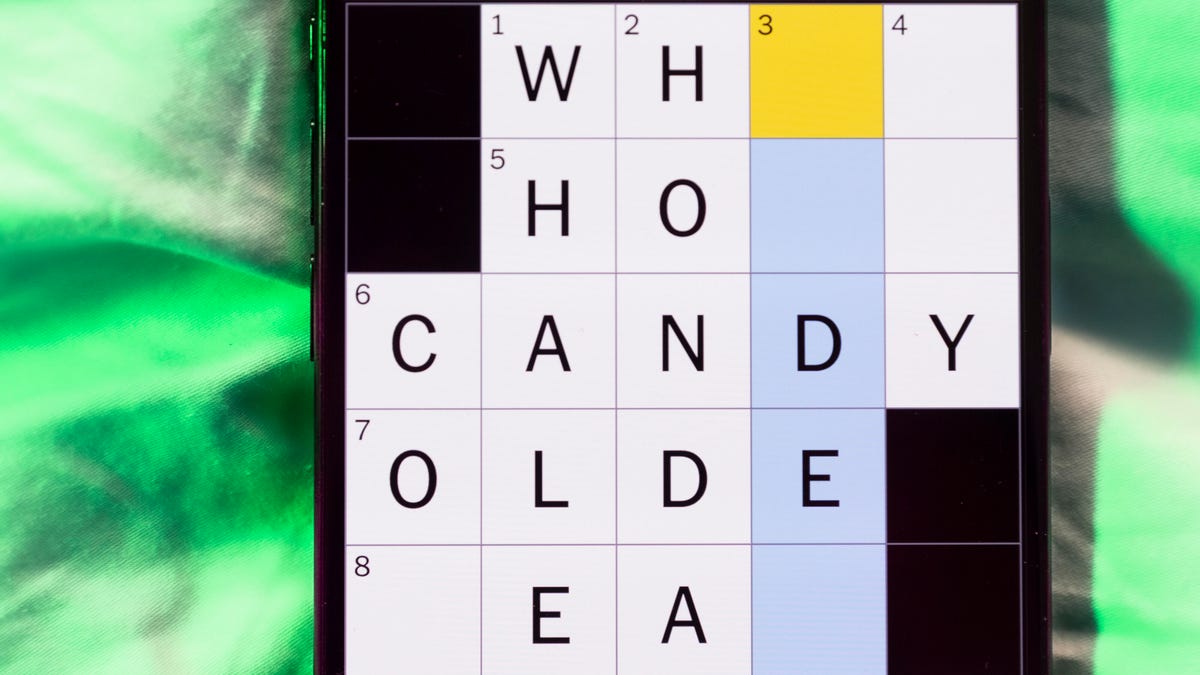
Looking for the most recent Mini Crossword answer? Click here for today’s Mini Crossword hints, as well as our daily answers and hints for The New York Times Wordle, Strands, Connections and Connections: Sports Edition puzzles.
Need some help with today’s Mini Crossword? It’s pretty long for a Mini Crossword, and some of the clues are tricky. The answer to 10-Across is not an expression I use, for sure. Read on. And if you could use some hints and guidance for daily solving, check out our Mini Crossword tips.
If you’re looking for today’s Wordle, Connections, Connections: Sports Edition and Strands answers, you can visit CNET’s NYT puzzle hints page.
Read more: Tips and Tricks for Solving The New York Times Mini Crossword
Let’s get to those Mini Crossword clues and answers.
Mini across clues and answers
1A clue: Fashionable
Answer: HIP
4A clue: Product sold on «The Office»
Answer: PAPER
6A clue: One writing a performance review
Answer: MANAGER
8A clue: With 5-Down, redundant synonym of «outcome»
Answer: END
9A clue: Quiet ___ mouse
Answer: ASA
10A clue: Gives constant compliments, in slang
Answer: GASESUP
12A clue: Ski mountain bump
Answer: MOGUL
13A clue: Uneasy feeling
Answer: ANGST
Mini down clues and answers
1D clue: Personally involved
Answer: HANDSON
2D clue: Hoppy beer, for short
Answer: IPA
3D clue: Mythical horse whose name is an anagram of 10-Across
Answer: PEGASUS
4D clue: Last word in the palindromic sentence «A man, a plan, a canal …»
Answer: PANAMA
5D clue: See 8-Across
Answer: RESULT
6D clue: Ryan of «When Harry Met Sally …»
Answer: MEG
7D clue: Genre for Playboi Carti and Cardi B
Answer: RAP
11D clue: Something in an Easter basket
Answer: EGG
Don’t miss any of our unbiased tech content and lab-based reviews. Add CNET as a preferred Google source.
Technologies
Today’s NYT Connections: Sports Edition Hints and Answers for Dec. 27, #460
Here are hints and the answers for the NYT Connections: Sports Edition puzzle for Dec. 27, No. 460.
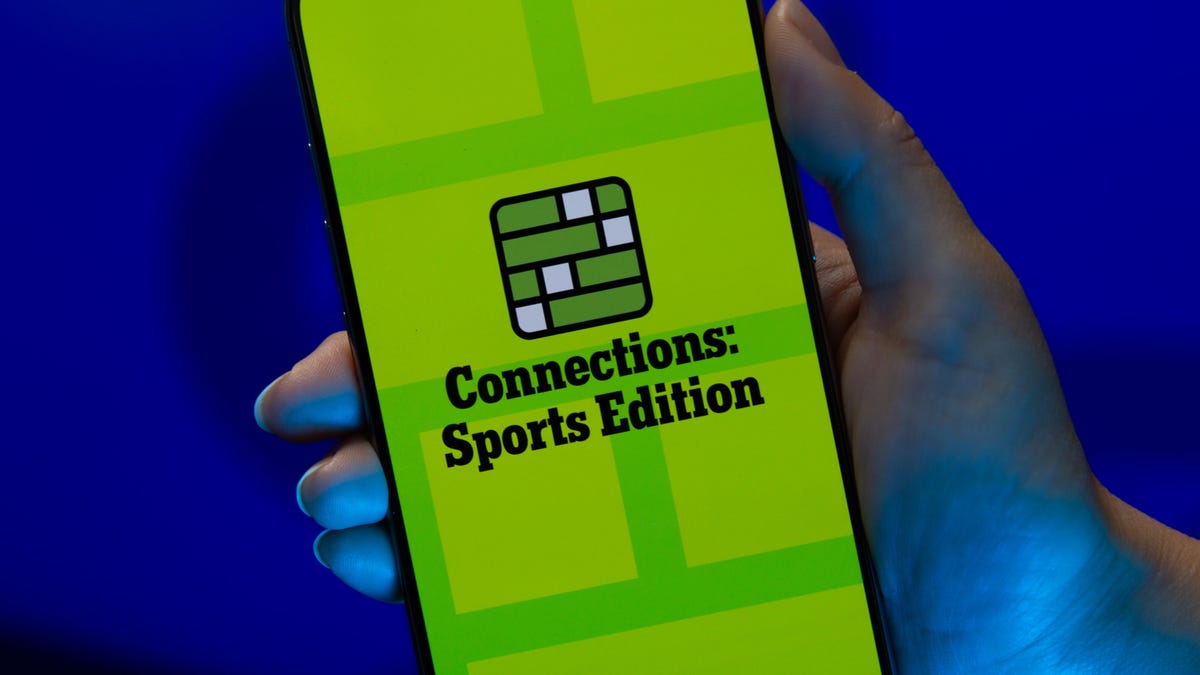
Looking for the most recent regular Connections answers? Click here for today’s Connections hints, as well as our daily answers and hints for The New York Times Mini Crossword, Wordle and Strands puzzles.
Today’s Connections: Sports Edition is a real challenge. That purple category wants you to hunt out something related in four different words, and it’s a toughie. If you’re struggling with today’s puzzle but still want to solve it, read on for hints and the answers.
Connections: Sports Edition is published by The Athletic, the subscription-based sports journalism site owned by The Times. It doesn’t appear in the NYT Games app, but it does in The Athletic’s own app. Or you can play it for free online.
Read more: NYT Connections: Sports Edition Puzzle Comes Out of Beta
Hints for today’s Connections: Sports Edition groups
Here are four hints for the groupings in today’s Connections: Sports Edition puzzle, ranked from the easiest yellow group to the tough (and sometimes bizarre) purple group.
Yellow group hint: Something you save.
Green group hint: An Olympic sport.
Blue group hint: Toronto pitchers.
Purple group hint: Think about the alphabet and look for something hidden.
Answers for today’s Connections: Sports Edition groups
Yellow group: Memento.
Green group: Types of wrestling.
Blue group: Blue Jays to win Cy Young Award.
Purple group: Ends in a homophone for a letter of the alphabet.
Read more: Wordle Cheat Sheet: Here Are the Most Popular Letters Used in English Words
What are today’s Connections: Sports Edition answers?
The yellow words in today’s Connections
The theme is memento. The four answers are collectible, keepsake, memorabilia and souvenir.
The green words in today’s Connections
The theme is types of wrestling. The four answers are arm, freestyle, Greco-Roman and sumo.
The blue words in today’s Connections
The theme is Blue Jays to win Cy Young Award. The four answers are Clemens, Halladay, Hentgen and Ray.
The purple words in today’s Connections
The theme is ends in a homophone for a letter of the alphabet. The four answers are batter’s eye (I), blue jay (J), golf tee (T) and pool cue (Q).
Don’t miss any of our unbiased tech content and lab-based reviews. Add CNET as a preferred Google source.
Technologies
Today’s Wordle Hints, Answer and Help for Dec. 27, #1,652
Here are hints and the answer for today’s Wordle for Dec. 27, No. 1,652.
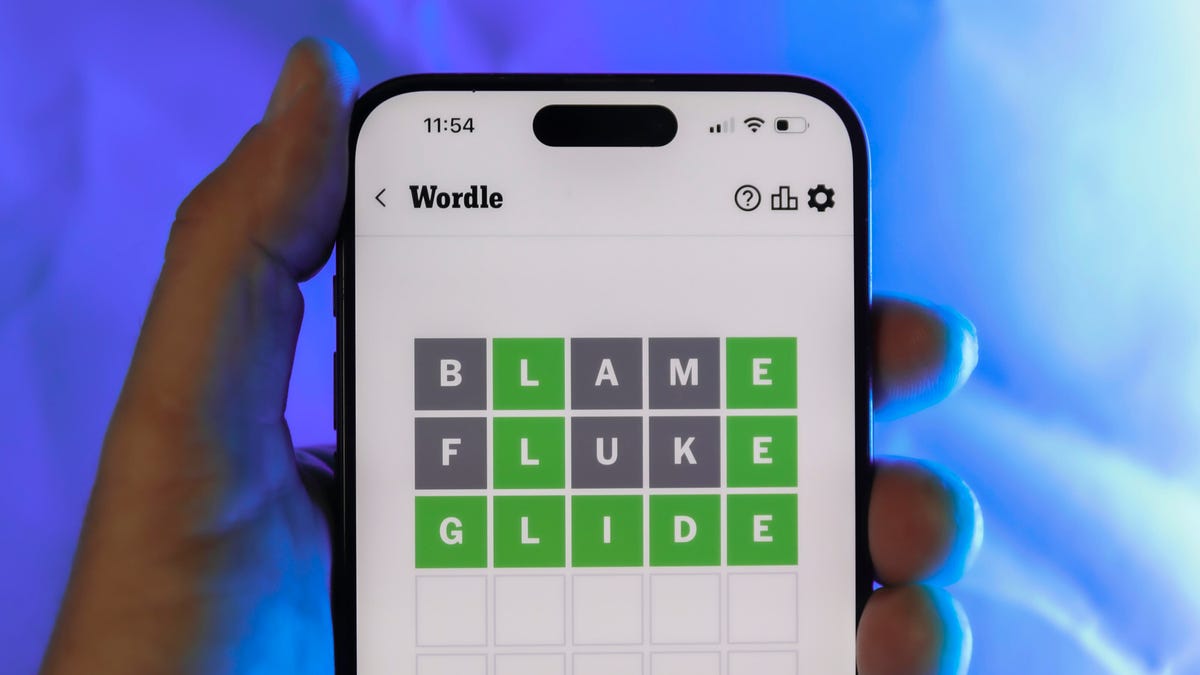
Looking for the most recent Wordle answer? Click here for today’s Wordle hints, as well as our daily answers and hints for The New York Times Mini Crossword, Connections, Connections: Sports Edition and Strands puzzles.
Today’s Wordle puzzle came together pretty quickly for me this time. If you need a new starter word, check out our list of which letters show up the most in English words. If you need hints and the answer, read on.
Read more: New Study Reveals Wordle’s Top 10 Toughest Words of 2025
Today’s Wordle hints
Before we show you today’s Wordle answer, we’ll give you some hints. If you don’t want a spoiler, look away now.
Wordle hint No. 1: Repeats
Today’s Wordle answer has no repeated letters.
Wordle hint No. 2: Vowels
Today’s Wordle answer has one vowel.
Wordle hint No. 3: First letter
Today’s Wordle answer begins with B.
Wordle hint No. 4: Last letter
Today’s Wordle answer ends with H.
Wordle hint No. 5: Meaning
Today’s Wordle answer can refer to a quantity of goods produced at one time.
TODAY’S WORDLE ANSWER
Today’s Wordle answer is BATCH.
Yesterday’s Wordle answer
Yesterday’s Wordle answer, Dec. 26, No. 1651 was SPEED.
Recent Wordle answers
Dec. 22, No. 1647: CONCH
Dec. 23, No. 1648: GLINT
Dec. 24, No. 1649: SPOOL
Dec. 25, No. 1650: PRISM
Don’t miss any of our unbiased tech content and lab-based reviews. Add CNET as a preferred Google source.
-

 Technologies3 года ago
Technologies3 года agoTech Companies Need to Be Held Accountable for Security, Experts Say
-

 Technologies3 года ago
Technologies3 года agoBest Handheld Game Console in 2023
-

 Technologies3 года ago
Technologies3 года agoTighten Up Your VR Game With the Best Head Straps for Quest 2
-

 Technologies4 года ago
Technologies4 года agoBlack Friday 2021: The best deals on TVs, headphones, kitchenware, and more
-

 Technologies4 года ago
Technologies4 года agoVerum, Wickr and Threema: next generation secured messengers
-

 Technologies4 года ago
Technologies4 года agoGoogle to require vaccinations as Silicon Valley rethinks return-to-office policies
-

 Technologies4 года ago
Technologies4 года agoOlivia Harlan Dekker for Verum Messenger
-

 Technologies4 года ago
Technologies4 года agoiPhone 13 event: How to watch Apple’s big announcement tomorrow


